Top Automobile Manufacturing Companies in 2025
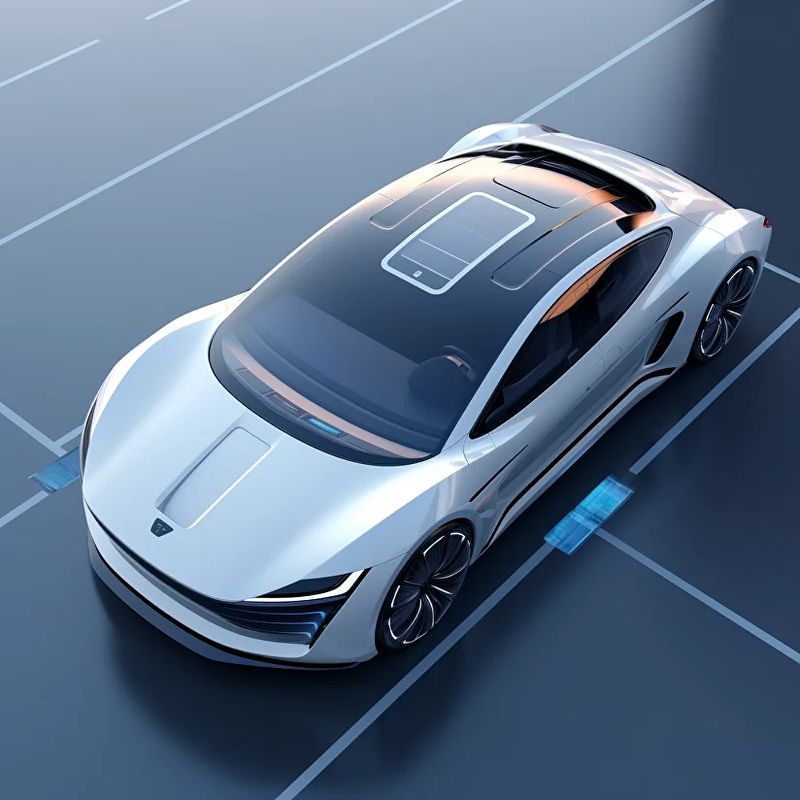
Imagine a world where cars don't just get us from one place to another but also think for themselves, run on clean energy, and are built with materials that make them lighter, stronger, and more efficient. That's not some far-off fantasy—it's where we're at with the automobile industry in 2025!
The automotive industry is undergoing a transformation driven by policy regulations promoting sustainability, technological breakthroughs in electric vehicles (EVs), autonomous driving, and AI integration, alongside growing consumer demand for eco-friendly and smarter mobility solutions.

Table of Contents
Overview of the Global Automobile Industry in 2025
Top 10 Automobile Manufacturers by Revenue and Market Capitalization
Leading Electric Vehicle (EV) Innovators Among Top Automakers
Plastic Welding in the Automobile Industry: Trends and Applications
Market Share and Sales Performance of Major Car Companies in 2025
Reliability Rankings of Popular Car Brands in 2025
Emerging Trends: Autonomous Driving and Sustainable Technologies
Regional Strengths: Key Markets for Leading Automakers
FAQs
Future Outlook: Growth Projections and Industry Challenges
Overview of the Global Automobile Industry in 2025
From the rise of electric vehicles (EVs) to the integration of autonomous driving systems, the industry (worth over $2 trillion) is navigating an exciting—and sometimes challenging—new era.
Key Trends Shaping the Industry
One of the most prominent trends in 2025 is the accelerating shift toward electric vehicles (EVs). It is fueled by heightened environmental awareness, stricter government regulations, and growing consumer demand for cleaner transportation.
Beyond electrification, sustainability is a critical focus. Automakers are adopting eco-friendly manufacturing processes and innovative materials—like lightweight components enabled by plastic welding—to reduce carbon footprints and improve fuel efficiency, benefiting both the environment and consumers.
Technology is another game-changer, with autonomous driving and connected car systems leading the charge. Self-driving technology is becoming increasingly sophisticated, while companies are leveraging artificial intelligence (AI) and the Internet of Things (IoT) to create smarter, safer vehicles.
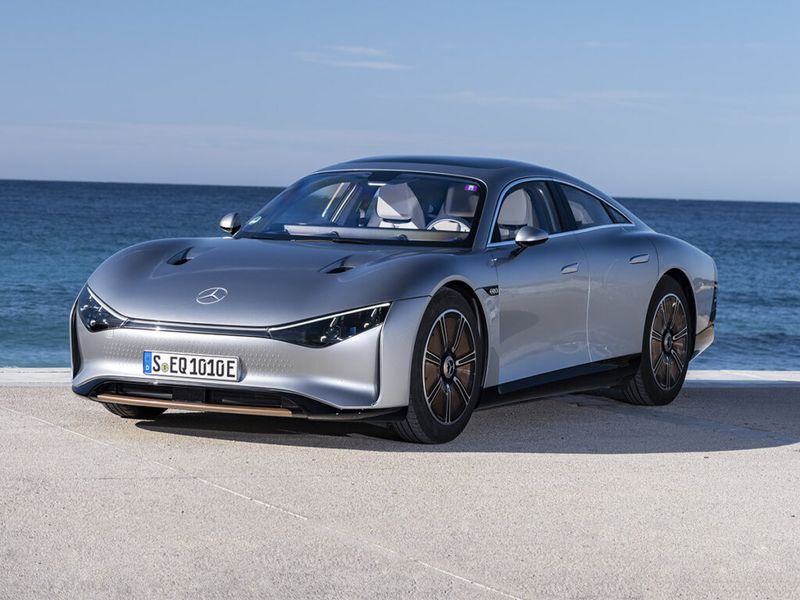
Challenges and Opportunities
Despite its momentum, the automobile industry faces significant hurdles. Supply chain disruptions, including persistent semiconductor shortages, continue to strain production timelines and increase costs.
Additionally, the rapid pace of innovation demands a workforce skilled in cutting-edge technologies, creating a talent gap that manufacturers must address.
However, these challenges also open doors for opportunities. Automakers are responding with creativity and resilience—forming strategic partnerships, ramping up research and development (R&D), and expanding their EV portfolios to stay competitive.
Digital transformation is another key adaptation, as companies leverage data and technology to improve operational efficiency and enhance customer experiences.
Adapting to a Dynamic Future
In 2025, the global automobile industry is not just keeping up with change—it's driving it. Companies are investing billions in R&D to pioneer next-generation vehicles, collaborating across borders to secure supply chains, and embracing sustainable practices to align with global climate goals.
Top 10 Automobile Manufacturers by Revenue and Market Capitalization
In the fast-moving world of automobiles, two key metrics help us understand a company's financial strength and market position: revenue and market capitalization.
Revenue reflects current sales performance, while market capitalization reflects investor confidence in future growth (e.g., Tesla's high market capitalization despite lower revenue due to EV innovation).
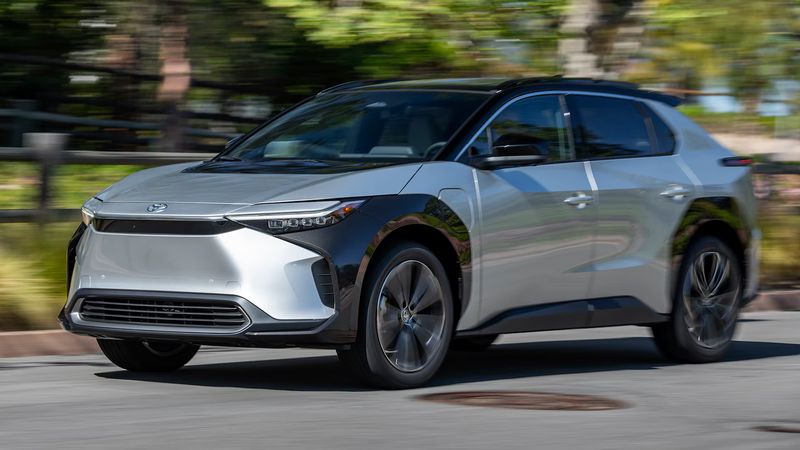
Revenue Rankings (as of 2024-2025 data)
Volkswagen – Over $318 billion
Toyota – Over $300 billion
General Motors – $150+ billion
Ford – $130+ billion
Honda – $136.4 billion
Stellantis – $164.9 billion
Hyundai – $120+ billion
BMW – $152.77 billion
Mercedes-Benz – $155.8 billion
Tesla – $80+ billion
Market Capitalization Rankings (as of January 2025)
Tesla – $1.345 trillion
Toyota – $245.16 billion
Volkswagen – $49.96 billion
General Motors – $58.43 billion
Ford – $40.13 billion
BMW – $50.50 billion
Mercedes-Benz – $56.45 billion
Honda – $44.15 billion
Hyundai – $35.75 billion
Stellantis – $37.77 billion
Leading Electric Vehicle (EV) Innovators Among Top Automakers
Electric vehicles (EVs) are a big deal today. They help cut down on pollution and fight climate change. Governments are making tough rules about emissions, and people want greener ways to get around.
This puts pressure on leading automotive suppliers to develop new ideas for EVs.
Tesla: The Pioneer in EV Technology
Tesla is the superstar of EVs. They changed the game with cars that run only on electricity. Models like the premium Model S sedan and the cheaper Model 3 have great range and speed.
They also have cool features like updates that come through the internet and self-driving tech.
Tesla's huge factories, called Gigafactories, make tons of batteries, which lowers costs and makes EVs easier to buy.
Volkswagen: Bringing EVs to the Masses
Volkswagen, a giant in the car world, is jumping into EVs with its ID series. The ID.3 and ID.4 are built just for electricity, offering good prices, solid range, and useful features.
Volkswagen is also part of Ionity, a group building fast-charging stations across Europe, so drivers can take long trips without stress.
Toyota: Leveraging Hybrid Expertise for EVs
Toyota is famous for hybrids like the Prius, but they're now stepping up with EVs. They're using what they know about hybrids to create solid-state batteries.
These new batteries could charge faster, hold more power, and be safer.
Mercedes-Benz: Luxury Meets Sustainability
Mercedes-Benz brings its flair for luxury and power to EVs with the EQ series. Cars like the EQS sedan and EQB SUV mix style, tech, and eco-friendly vibes. Their Vision EQXX concept, which can go over 1,000 km on one charge, shows they're pushing EV limits to the max.
Plastic Welding in the Automobile Industry: Trends and Applications
Plastic welding is a vehicle manufacturing process that joins plastic parts through heat, vibration, or ultrasonic energy, enabling precise and durable bonds. The 30% lighter components improve EV range.
There are a few cool ways to weld plastic, and each one has its special job:
- Vibration Welding: This method rubs two plastic pieces together super fast until they get hot and melt into each other. It's quick and strong, so it's perfect for big parts like the dashboard (where all the car's controls live) or the glovebox (that little storage spot in front of the passenger seat).
- Ultrasonic Welding: Imagine using sound waves you can't even hear to heat plastic! That's what this method does. It's great for tiny, delicate stuff like sensors or the plastic cases around a car's electronics because it's so precise.
- Laser Welding: This is the high-tech one. It uses a laser beam to melt plastic parts together. It's super accurate and works for tricky shapes or spots that are hard to reach. More and more automobile manufacturing companies are using it as car designs get fancier.

Market Share and Sales Performance of Major Car Companies in 2025
Understanding how well automobile manufacturing companies are doing in 2025 is like peeking into a giant game where each company tries to sell the most cars. Two key things help us see who's winning: market share and sales performance.
Market share shows how much of the total car sales an international car manufacturer owns. Sales performance tells us how many cars they sold and if they're doing better or worse than before.
Toyota: The Global Leader
Toyota is like the captain of the team when it comes to selling cars. They sold over 10 million cars in 2024, and they're on track to do even better this year. Toyota's cars, like the Corolla and Camry, are super popular because they're reliable and don't cost too much.
Ford's F-Series: America's Favorite Truck
In the United States, the Ford F-Series is the king of the road. These trucks are like the workhorses of the car world—strong, tough, and great for hauling stuff. In February 2025 alone, Ford sold 55,262 F-Series trucks from company's Q1 2025 earnings report.
Ford's smart move to make electric versions, like the F-150 Lightning, is also helping them stay popular as more people want cleaner cars.
The Rise of Electric Vehicles (EVs)
Speaking of cleaner cars, electric vehicles (EVs) are becoming a big deal. In 2025, about 25% of all cars sold in the U.S. are expected to be EVs. As of recent trends and forecasts, around 35% to 40% of new cars sold in China are expected to be EVs by 2025.
Automobile manufacturing companies like Tesla, Volkswagen, and General Motors are racing to make the best EVs.
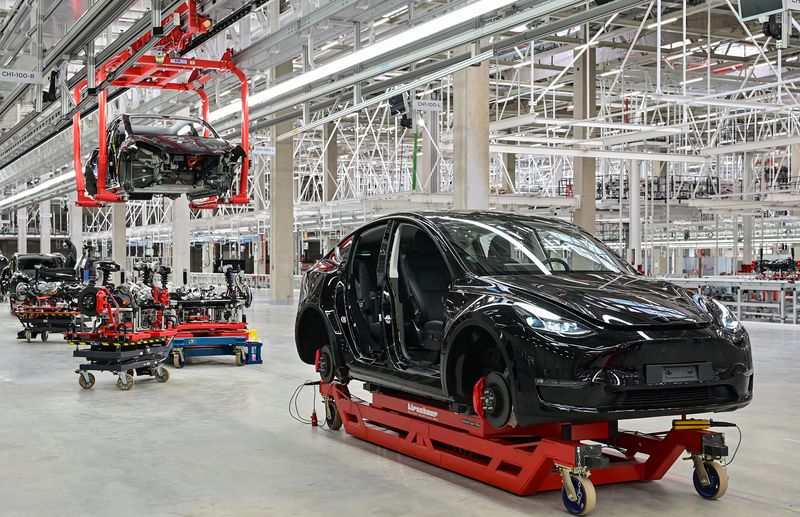
Reliability Rankings of Popular Car Brands in 2025
In 2025, certain car brands have distinguished themselves as leading automotive suppliers in reliability, offering drivers peace of mind and a strong return on their investment. Based on industry reports (e.g., J.D. Power Vehicle Dependability Study), the following brands stand out:
Understanding Car Reliability
Reliability measures a car's ability to operate without frequent repairs, endure over time, and satisfy owners throughout its lifespan.
It's a key consideration because cars are significant investments—buyers want vehicles they can trust for daily commutes, road trips, or family needs.
Reliable cars also tend to retain higher resale values, making them financially appealing in the long run.
Top Reliable Brands in 2025
- Lexus: Renowned for combining luxury with longevity, Lexus consistently earns high marks for reliability. As Toyota's premium division, it delivers vehicles—such as sedans and SUVs—that offer both sophistication and durability, appealing to buyers seeking a dependable upscale experience.
- Buick: Buick has made significant strides in recent years, climbing reliability rankings in 2025. Models like the Encore and Envision blend comfort with improved dependability, positioning Buick as a trusted option for families and practical drivers.
- Mazda: Mazda strikes a balance between sporty design and steadfast reliability. Known for engineering excellence, models like the Mazda3 and CX-5 are celebrated for their driving dynamics and low maintenance needs, making them favorites among enthusiasts and everyday drivers alike.
- Toyota: A perennial leader in reliability, Toyota continues to dominate in 2025. From the compact Corolla to the versatile RAV4, Toyota's vehicles are engineered for resilience, earning the brand a reputation as a go-to choice for long-lasting performance.
Emerging Trends: Autonomous Driving and Sustainable Technologies
As we explore the exciting world of cars in 2025, two big trends stand out: self-driving cars and green technologies. These ideas aren't just cool—they're changing how we move around every day. Self-driving cars promise safer roads and less stress, while green technologies help us protect the planet.
First, let's talk about Tesla. They're the stars of self-driving cars with their Full Self-Driving (FSD) technology. FSD uses cameras, sensors, and smart software to let cars drive themselves. It's not perfect yet—drivers still need to pay attention—but it's getting closer to a time when cars handle everything on their own.
Tesla keeps improving FSD with updates that make it smarter. For example, the latest version helps cars stop at traffic lights and signs, which is huge for driving in busy cities. We're amazed at how Tesla is pushing the limits of what cars can do!
Next, we have Toyota, who are doing things a bit differently. They're working on self-driving cars too, but their focus is on artificial intelligence (AI) to make travel smarter. Toyota's tech lets cars talk to each other and even to traffic lights, making roads smoother and safer.
They're testing these ideas in a place called Woven City, a real-life lab for their inventions. With AI, Toyota's cars can spot people, and other vehicles, and even guess where traffic is headed. We think this connected approach could change how we get around.
Then, there's Volkswagen and Mercedes-Benz, both tackling sustainability. They want to cut carbon emissions to zero, a goal called carbon neutrality. Volkswagen is making electric cars and powering their factories with clean energy, like wind and solar. Their factory in Zwickau, Germany, runs this way and recycles materials to cut waste.
Meanwhile, Mercedes-Benz builds electric cars that go farther and charge faster, perfect for daily drives. They're also trying out hydrogen fuel and using eco-friendly materials. We love how both vehicle manufacturing companies care about the planet from start to finish.
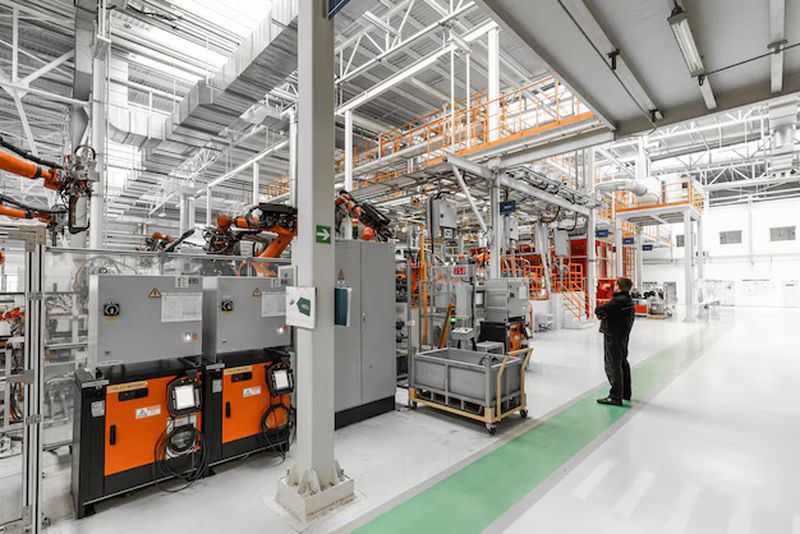
Regional Strengths: Key Markets for Leading Automakers
The global car industry thrives on regional differences. Asia, Europe, and North America stand out as powerhouse markets where leading international car manufacturers flex their unique strengths.
Asia: A Hub of Innovation and Growth
Asia is a giant in the car world, led by brands like Toyota, Hyundai, and Honda. These companies dominate their home turf—Japan and South Korea—and have a massive global reach. What's exciting here is the boom in electric vehicles (EVs).
In 2024, China sold a total of 11 million EVs. Toyota's responding big time, planning 30 new EV models by 2030. With fast-growing demand and bold innovation, Asia is driving the future of cars.
Europe: Luxury, Performance, and Green Goals
Europe's all about class and eco-friendly vibes, thanks to automobile manufacturing companies like Volkswagen, BMW, and Mercedes-Benz. These brands are famous for luxury and high-performance cars, but they're also tackling sustainability.
Europe's tough emission rules are pushing change—Volkswagen, for example, aims to go fully electric in Europe by 2035. They're even building green-energy factories. It's a winning combo of style and planet-friendly tech that keeps Europe ahead.
North America: Trucks, SUVs, and New Tech
North America, especially the U.S., loves its big vehicles. General Motors and Ford rule here with pickup trucks and SUVs.The Ford F-Series sold over 55,000 trucks in February 2025 alone—proof of their grip on this market.
But there's more: GM's launching 30 EVs by 2025, and Tesla's pushing boundaries in self-driving tech. North America blends its love for power with a leap into the future. EU's 2035 ICE ban driving Volkswagen's EV shift.
FAQs
We answer some of the most common questions about automobile manufacturing companies.
Are automobiles and automobiles the same?
Yes, "automobile" and "automotive" are often used interchangeably. Both terms refer to vehicles like cars, trucks, and buses. "Automobile" typically means a passenger vehicle, while "automotive" covers a broader range of vehicles and related technologies.
What is the meaning of automobile manufacturing?
Automobile manufacturing is the process of designing, building, and assembling vehicles. It involves everything from creating the engine and body to putting together the final product on an assembly line
Who is the biggest automobile manufacturer in the world?
Toyota is the world's largest automobile manufacturer by production volume, producing over 10 million vehicles in 2024.
How many automobile companies are there in the USA?
There are several major automobile companies in the USA, including General Motors, Ford, and Tesla. These companies produce a wide range of vehicles, from trucks to electric cars.
Additionally, many international brands like Toyota and Honda have manufacturing plants in the U.S.
Which is the largest automobile manufacturing company in India?
Maruti Suzuki is the largest automobile manufacturer in India. It dominates the Indian market, producing affordable and fuel-efficient cars. Other notable companies include Tata Motors and Mahindra.
Future Outlook: Growth Projections and Industry Challenges
As we look ahead to the future of the automobile industry, it's clear that exciting changes are on the horizon. New technologies, shifting consumer preferences, and global economic shifts are all shaping what's to come. But with these opportunities come challenges that the industry must navigate carefully.
Growth Projections
According to McKinsey's 2025 automotive report, global light vehicle sales are projected to reach 85.1 million units in 2025, up from 84.0 million units in 2024. This represents a year-over-year growth of 1.3%. One of the key drivers of this growth is the increasing demand for electric vehicles (EVs).
Some predictions suggest that EV sales could account for up to 23% of the global light-vehicle market by 2025. This shift towards EVs is part of a broader trend toward sustainability and innovation, with companies investing heavily in new technologies to meet consumer and regulatory demands.
Key Challenges
However, the industry also faces several significant challenges. One of the biggest is the uncertainty surrounding EV adoption. While EV sales are expected to grow, there are concerns about a potential slowdown in growth rates. This is due to factors such as reduced incentives, limited charging infrastructure, and the saturation of early adopters.
Additionally, the industry must navigate supply chain disruptions. Regulatory changes, particularly around emissions and electrification, also pose a challenge, as companies must adapt to evolving policies in different regions.
Explore Dizo Global's solutions for sustainable vehicle manufacturing and plastic parts welding. Whether it's through strategic planning, supply chain optimization, or innovation in EV technology, we're here to support the top 10 automobile manufacturing companies in the world.






